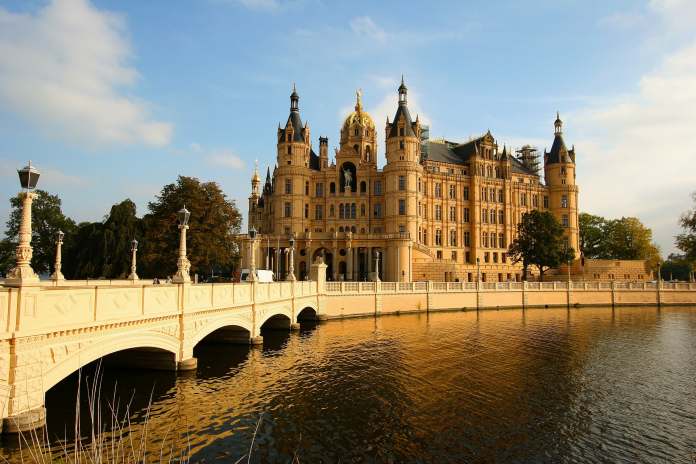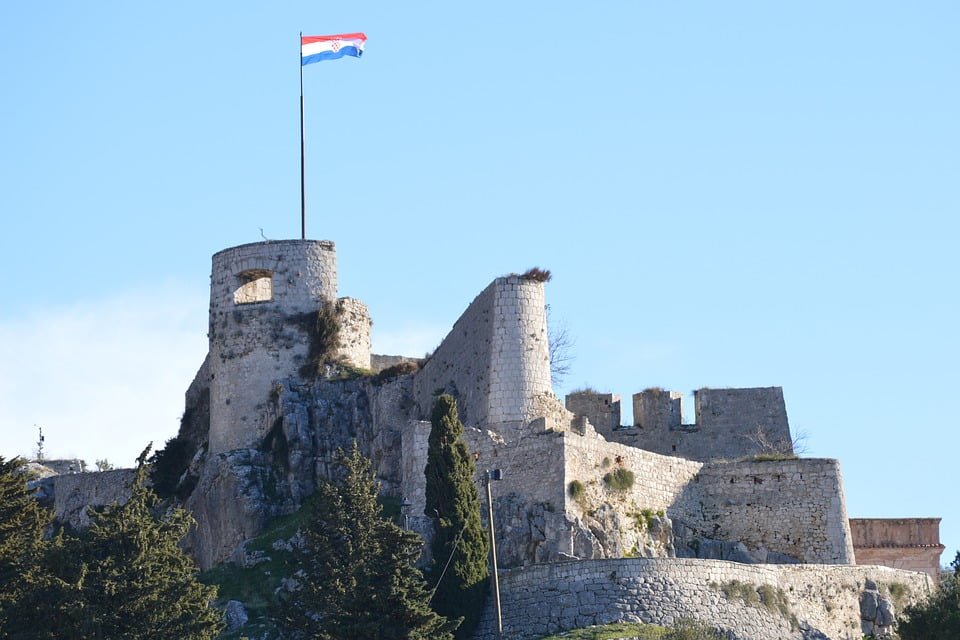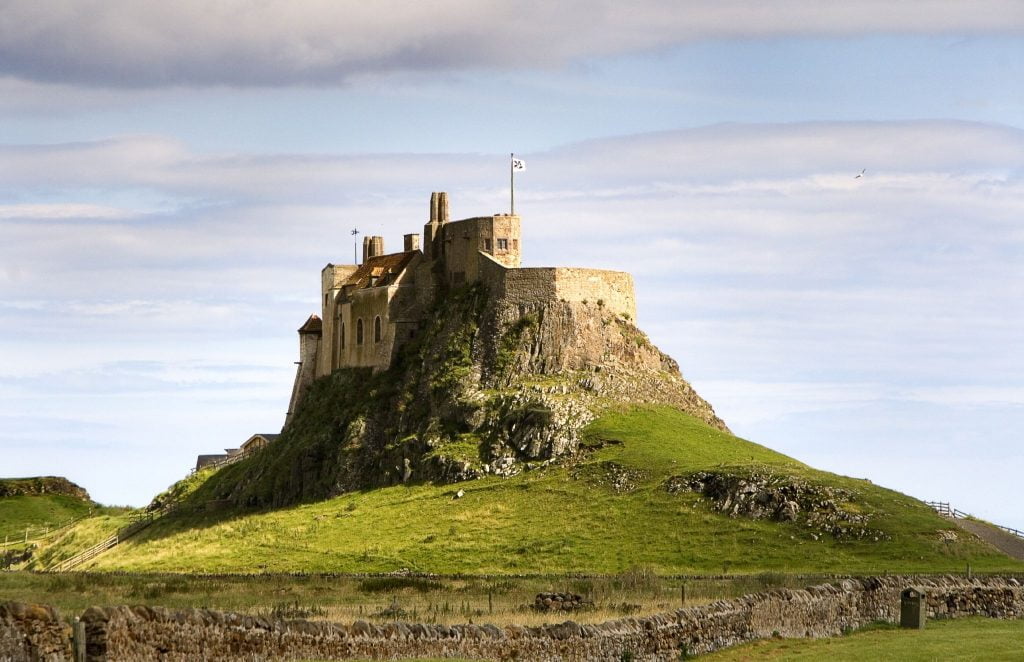Located in the city of Schwerin, Germany, this castle is a magical and magnificent architectural masterpiece and certainly one of the best interpretations of 19th century romanticism in all of Europe.
It’s also a designated World Heritage Site and even houses parliamentarians from the Mecklenburg-Vorpommern state. Let’s take a look at how it came to be the icon of romance that it is considered today:
Table of Contents
The Museum of the Schwerin castle recreates some of the highly ornate and traditionally decorated rooms from the previous eras. There are “Throne Apartments” at the museum that are one-of-a-kind and the only ones found in Europe.
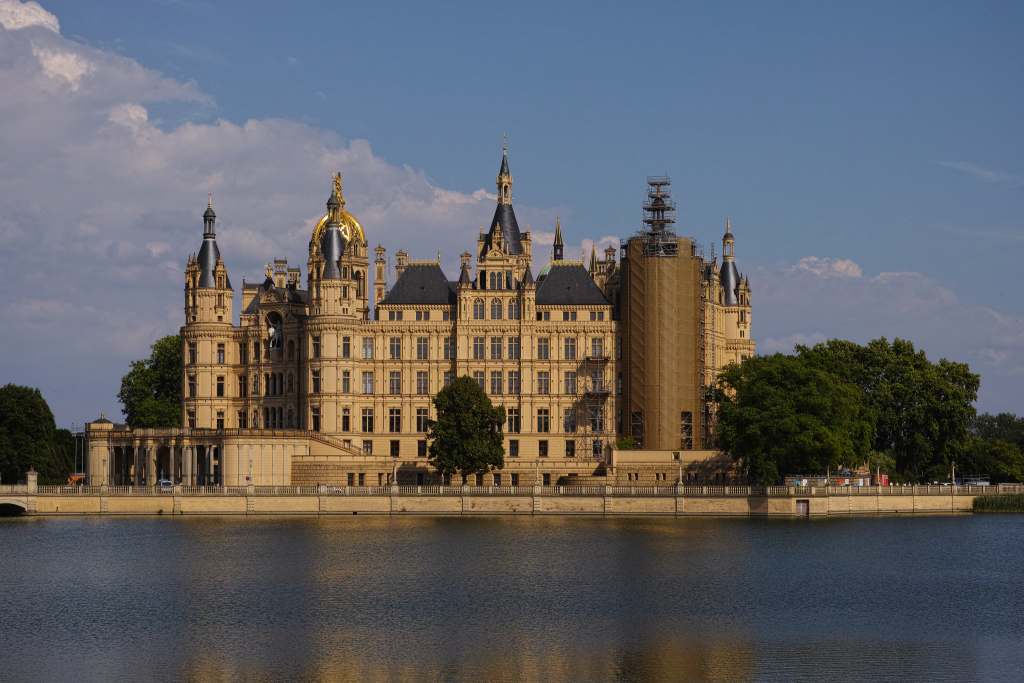
Frequently Asked Questions
Where is Schwerin Castle Castle Located?
The castle is located in the city of Schwerin, which is the capital of the Mecklenburg-Vorpommern state in Germany. It is situated on an island in the middle of the city’s lake and is a fantastic tourist attraction.
When was Schwerin Castle Castle Built? Who Build It?
The initial construction of the Schwerin castle dates back to 942 AD, but the “official founding year” is considered to be in 1160, when the fortress used by the slavic tribes (known as the Obotrit tribe) was conquered by the Duke of Bavaria, Heinrich der Lowe.
However, the entire older complex was rebuilt by Grand Duke Friedrich Franz II between the years 1847 to 1857, as he did not like the mismatched architecture styles of the original building.
When is The Best Time to Visit the Castle?
Since the Schwerin castle is ideal for strolling around, spring is the best time to visit it. There’s also a café at the base of the main tower that you can utilize in the summers.
What Other Monuments are Located Nearby?
The gothic town of Hanseatic Rostock is located near the castle and is quite popular for its stunning brick architecture.
FOR HISTORY | BEAUTIFUL IMAGES | INTERESTING FACTS | TRAVEL TIPS
Early History
Initial Construction And Founding Date (942 – 1160)
The oldest record of the castle traces back to AD 942 when it was the fort of the tribe of Obotrites. In 1160, the fort was conquered by Lord Heinrich der Lowe, the Duke of Saxony and Bavaria. It was rebuilt, as the Obotrites (under Niklot) ruined the fort before leaving. Therefore, 1160 was marked as the founding year of Schwerin.
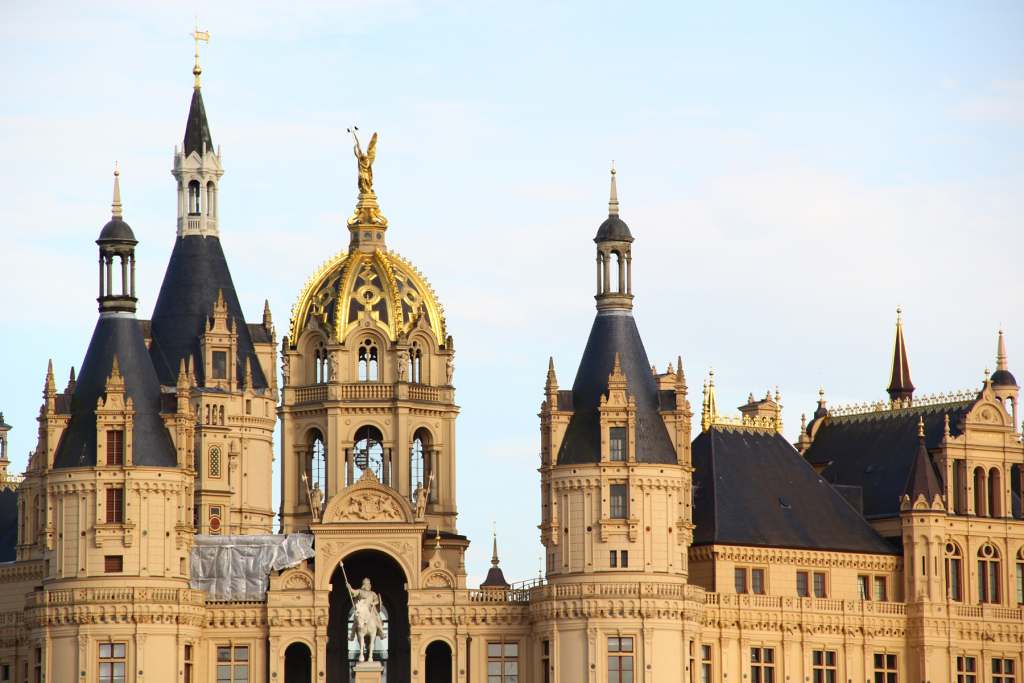
Reconquering Under German Military And Return To The Dukes Of Mecklenburg (14th To 17th Centuries)
Around the end of the twelfth century, Schwerin was acquired by Niklot, the chief of slavic Obotrites. However, they were driven out by the German military, who appreciated the strategic and aesthetic viability of the Schwerin castle, and thus laid the foundation of the city of Schwerin, which later became a bishopric state.
In a twist of fate, the city was handed back to Niklot’s son Pribislav and the country was bought by Niklot’s descendants, who were raised to the station of Dukes of Mecklenburg in 1358. During the Gothic era, they expanded the fortress and built the Bischofshaus/Bishop’s house. A few decades later the fortress was transformed into a palace by Duke Johann Albrecht, and a few years after that he also restored the chapel.
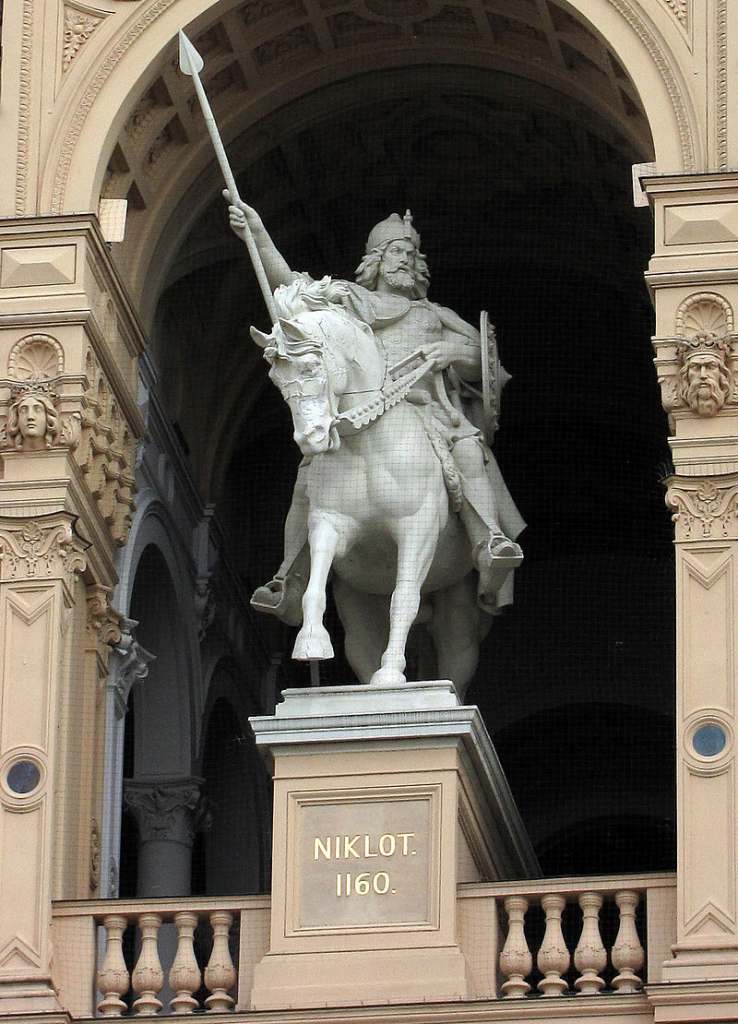
This was the renaissance of the Schwerin castle, and it saw many other architectural additions to its complex during this time. These include additional defences to the residential part, facade changes to the kitchen and chapel, the Tea Pavilion, and half-timbered storage buildings for paintings.
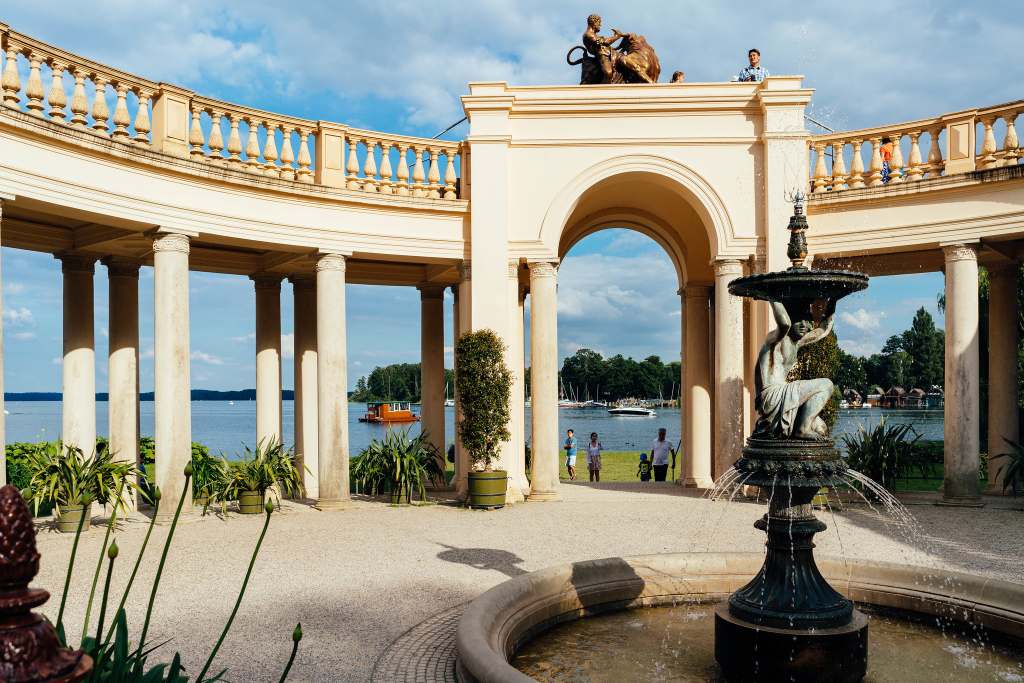
The 19th Century Makeover (1847 Onwards)
Duke Friedrich Franz II, who was frustrated with the poor condition and the clashing architectural styles of the castle, gave the order for the reconstruction. Thus, the current building was constructed between 1847-1857.
The Duke hired the world-famous Prussian architects; Friedrich August Stuler, Gottfried Semper, and Georg Adolf Demmler for the revamp. Some major parts of the castle were structured by Georg Adolf Demmler, and it is said that he was sent on a trip to Europe to gather the ideas by touring the castles and other architectural masterpieces. Finally, he came across the Chateau of Chambord, the model for Schwerin.
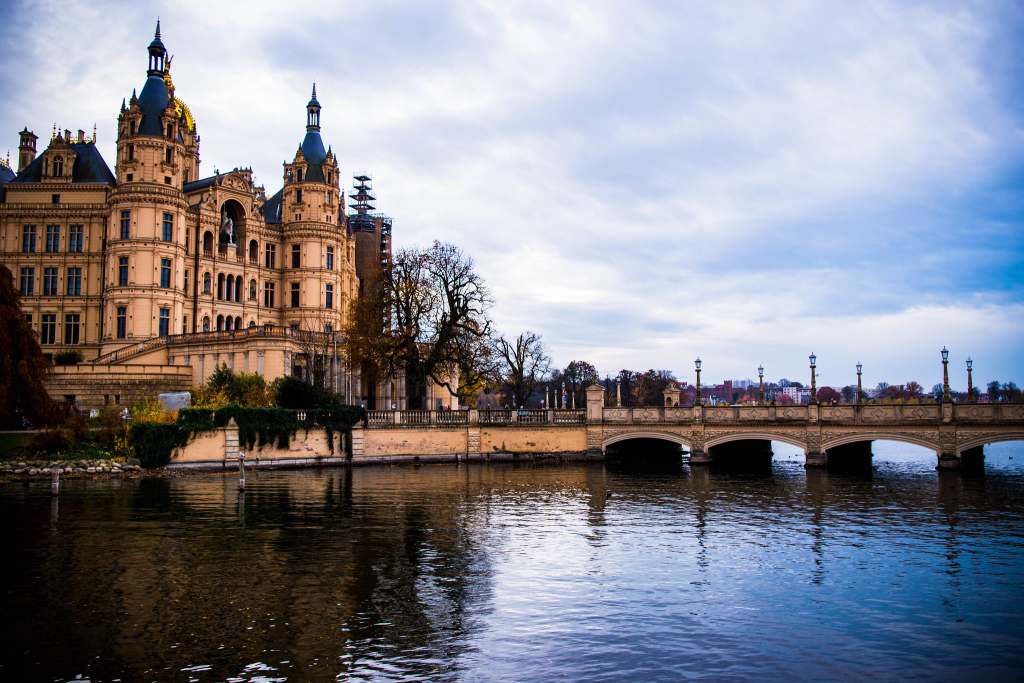
Revisit More Historic Places Below or Read Further
Current Times
Under The Rule of The State (1918 – Today)
In December 1913, roughly one-third of the castle was burned down. With the abdication of the Grand Duke in 1918, the castle was taken over by the state and was used for many purposes, i.e., served as a nursery, museum, and a hospital. Schwerin Castle became the seat of regional parliament following German reunification. Since 1974, it has also been open to the public as the Schwerin Castle Museum.
Schwerin Castle is a remarkable piece of art by itself, with all its magnificent and elegant towers. It’s an art museum that holds the work gathered by many of the Dukes who stayed in the castle.
Today, a part of it has been allocated as the residence of the Mecklenburg-Vorpommern state parliament. The rest is used as a tourist attraction with a working museum, lush green gardens, including lots of historical significance in its interior and exterior.
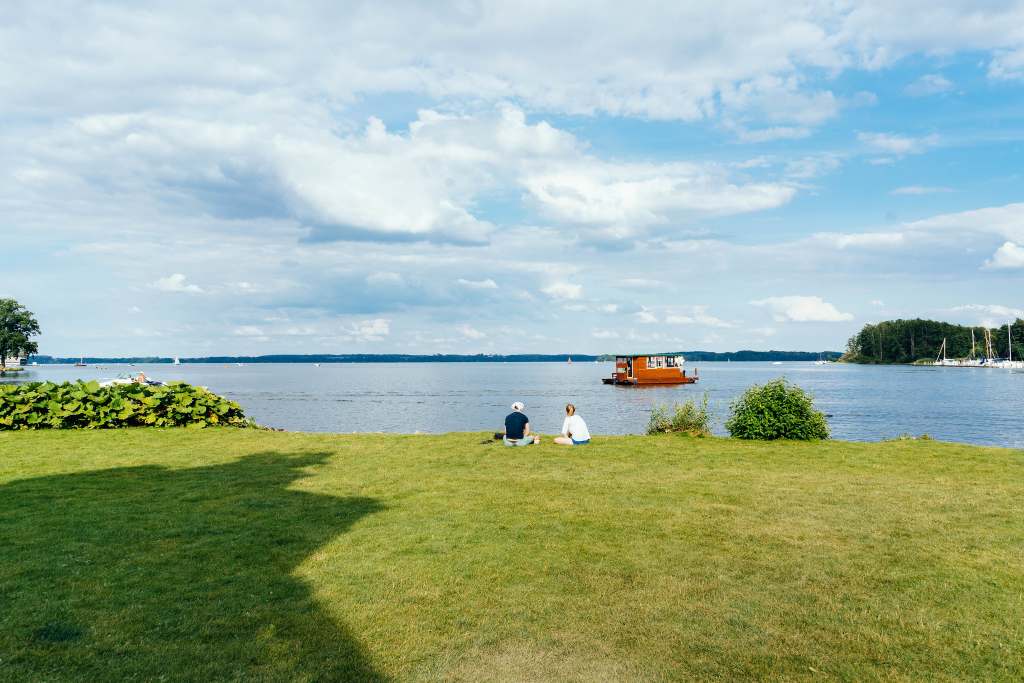
Interesting Schwerin Castle Facts
- The Schwerin Castle has its very own ghost known as “little Peterman” and has become quite an attraction for tourists. Considered to be a few feet high and imagined to be dressed in 17th century clothing, this ghost only appears before a few.
- The outdoor areas of this castle have been used in the shooting of the movie Kingsman.
- The Schwerin castle consists of a whopping 653 rooms.
- The Museum of the Schwerin castle recreates some of the highly ornate and traditionally decorated rooms from the previous eras. There are “Throne Apartments” at the museum that are one-of-a-kind and the only ones found in Europe.
- The round tower room of the castle was designed as a “garden salon” and offers stunning panoramic views of the surrounding baroque gardens. It was also the venue of numerous concerts.
Visiting Schwerin Castle – Tips and Tricks
If you’re planning on visiting the Schwerin castle, then here are some handy tips for you:
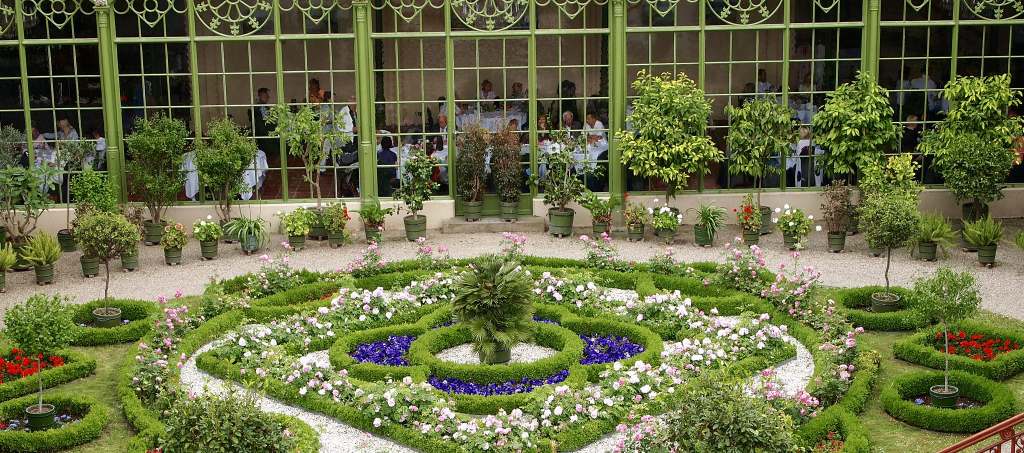
How to get to Schwerin Castle?
You can easily get to the Schwerin Castle from both Berlin and Hamburg by either a train, bus, or car. You can even take a flight to the Rostock Airport from Berlin or Hamburg and take a short train ride to the city of Schwerin.
The train ride from both Berlin and Hamburg to Schwerin costs €17.50 ($22 USD) while a bus ride costs around €7.99 ($10 USD) from Berlin and €3.99 ($5 USD) from Hamburg.
The city of Schwerin itself is very walkable, but if you’re not in the mood for a stroll, you can also utilize the public transport and trams to get to the castle grounds.
Ticket Prices, Visiting Hours & Travel Tips
Information was checked & updated on September 25th, 2023.
Schwerin Castle’s visiting hours vary in summers and winters. From April 14th to October 13th, you can visit anytime between 10am to 6pm. From October 14th to April 13th, visiting times are between 10am to 5pm.
It remains closed on Monday and ticket prices are €8.5 ($11 USD) for adults, €6.5 ($8 USD) for senior citizens (above 65 years old), and also €6.5 ($8 USD) for students and disabled people. Everyone under 18 can enter free of charge.
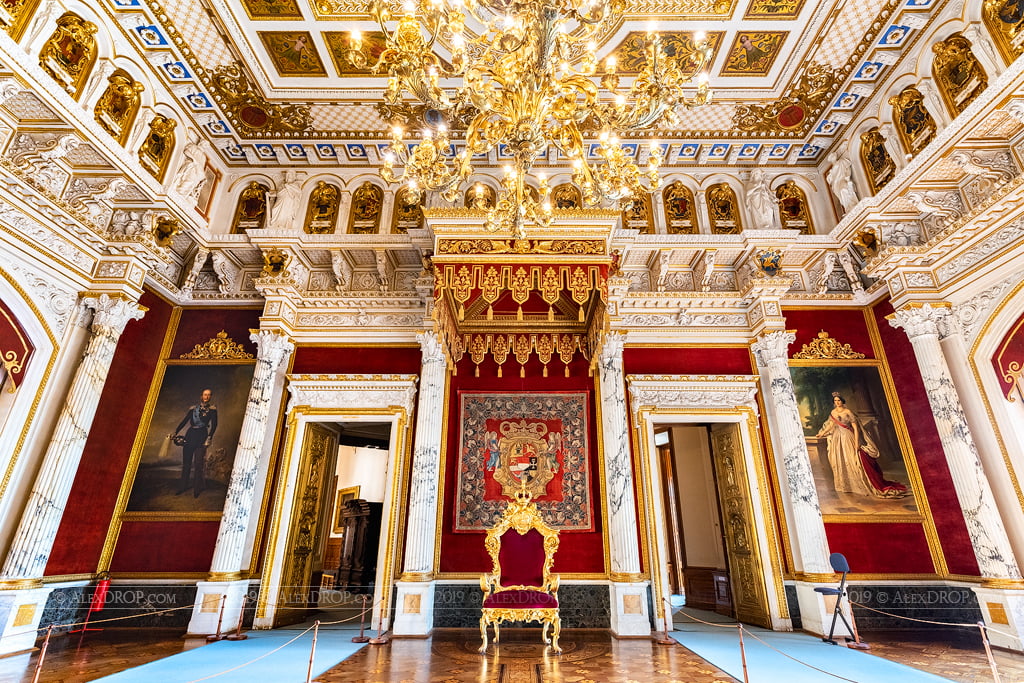
How Long Will It Take to Tour Around?
It takes around an hour and a half to explore the castle on a tour of your own, including a stroll through the gardens.
Up to Date Information
For up to date ticket prices and visiting hours visit the official website: https://www.schwerin.com/en/attractions-and-sights/schwerin-castle/
Some words of advice and tips:
- Don’t forget to enjoy the panoramic views of the lake from the round tower.
- If you’re a connoisseur of porcelain, then there’s an entire exhibit of it in the children’s room of the castle’s museum.
- Try to take the scenic view of the city from your walk to the castle, and don’t forget to wear comfortable shoes as you’ll be doing a lot of walking.

